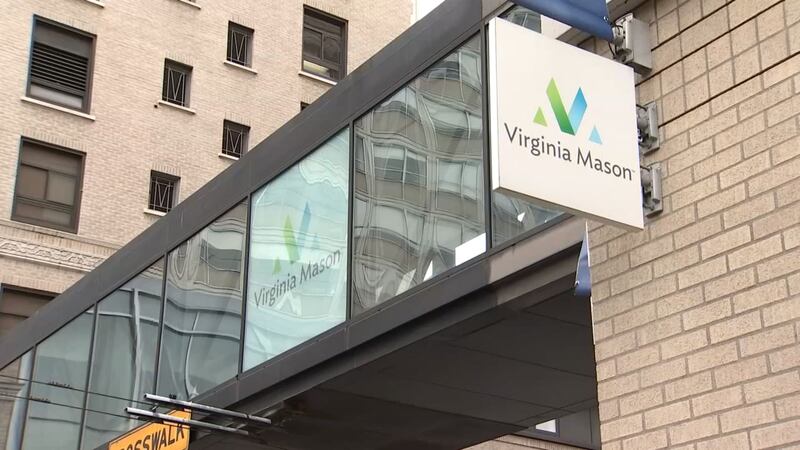KING COUNTY, Wash. — Darcy Johnson got the call Thursday from Virginia Mason.
She's back on the books for knee surgery.
Two days before her scheduled surgery in March, Gov. Jay Inslee (D-Wash) paused most elective procedures to preserve hospital capacity for COVID-19 patients.
On Wednesday, Inslee offered new flexibility for doctors on how they interpret whether a delay will harm patients.
That will allow some surgeries, including Johnson's, to go forward.
She's been in a lot of pain.
"Think about every time you step on your leg," Johnson said. "If your knee's messed up, literally every single step is a challenge."
Washington hospitals drew down occupancy rates in the pandemic but have not been overrun and have been pushing to resume elective surgeries.
Scroll down to continue reading
More news from KIRO 7
- Coronavirus: Inslee says stay-at-home will remain past May 4, announcing details Friday
- Is more stimulus money coming? No mortgage payment, $2,000 a month, tax rebate proposed
- West Seattle High School senior charged with rape
- Seattle police prepare for 2020 stay-at-home May Day
- Do you have an investigative story tip? Send us an email at investigate@kiro7.com
"We feel it's safe enough to bring patients back into these health systems," Dr. Guy Hudson, CEO of Swedish, said on Tuesday.
Hudson said Swedish hospitals now have enough personal protective equipment, can effectively separate COVID-19 and non-COVID-19 patients, and will soon be able to test all incoming patients for the coronavirus.
"The hospitals are, in my opinion, one of the safest environments because of our testing and our personal protective equipment," Hudson said.
Dr. Charles Peterson II, president and board Chair of Proliance Surgeons, said Proliance is also working on COVID-19 testing and has careful protocols for social distancing.
Family members are asked to drop off patients and come back after the procedure, rather than sit in waiting rooms.
"We've spread out the surgical scheduling, so we don't have patients on top of each other in the preoperative areas and post-operative areas," Peterson said.
Peterson estimated his 250 fellow surgeons at Proliance have postponed roughly 15,000 surgeries.
"Those patients are still out there suffering and, in some cases, getting worse," Peterson said.
Peterson said Proliance now plans to contact patients who fit into the governor’s new guidelines and bring them back “safely and thoughtfully.”
© 2020 Cox Media Group








